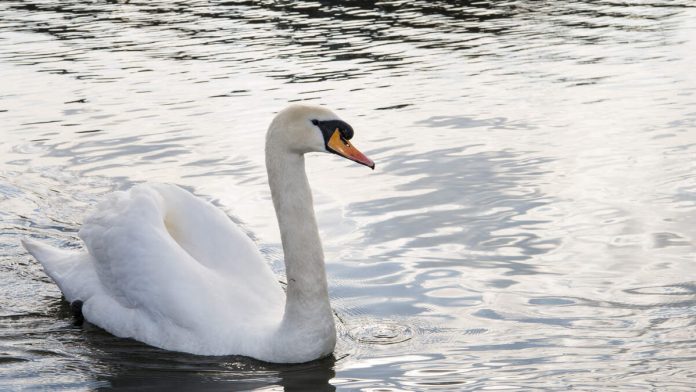In early August, dozens of mute swans were spotted in Solano County, raising concerns among wetland biologists about their impact on local ecosystems. These large, non-native birds, originally from Europe and Asia, are seen as a growing threat to the Sacramento-San Joaquin Delta, the largest estuary on the West Coast. Mute swans are known for their aggressive behavior, especially during breeding season, and their feeding habits can devastate native plant life, impacting other species that rely on these plants for survival.
The mute swan population in California has surged dramatically, from an estimated 1,150 in 2022 to over 12,000 this year. Most are found in the Suisun Marsh, near Fairfield. To address this, a measure is pending in the California Senate that would allow hunters and landowners to cull the swans over the next five years to manage their numbers. This proposal, Assembly Bill 764, has gained traction despite potential opposition from animal welfare groups.
According to Press Democrat, the bill has passed the Assembly without any opposition and is awaiting Senate approval. Supporters argue that if California has spent millions to control other invasive species like nutria, a similar approach should be taken with mute swans. However, groups like Friends of Animals oppose the measure, arguing that the swans should not be killed for being brought to the area by humans.
The California Waterfowl Association is actively working to introduce legislation that would add mute swans to the list of nongame birds that can be taken with a hunting license, as noted by California Waterfowl Association. The debate continues as stakeholders weigh the ecological impact against animal rights concerns.

Recent Comments